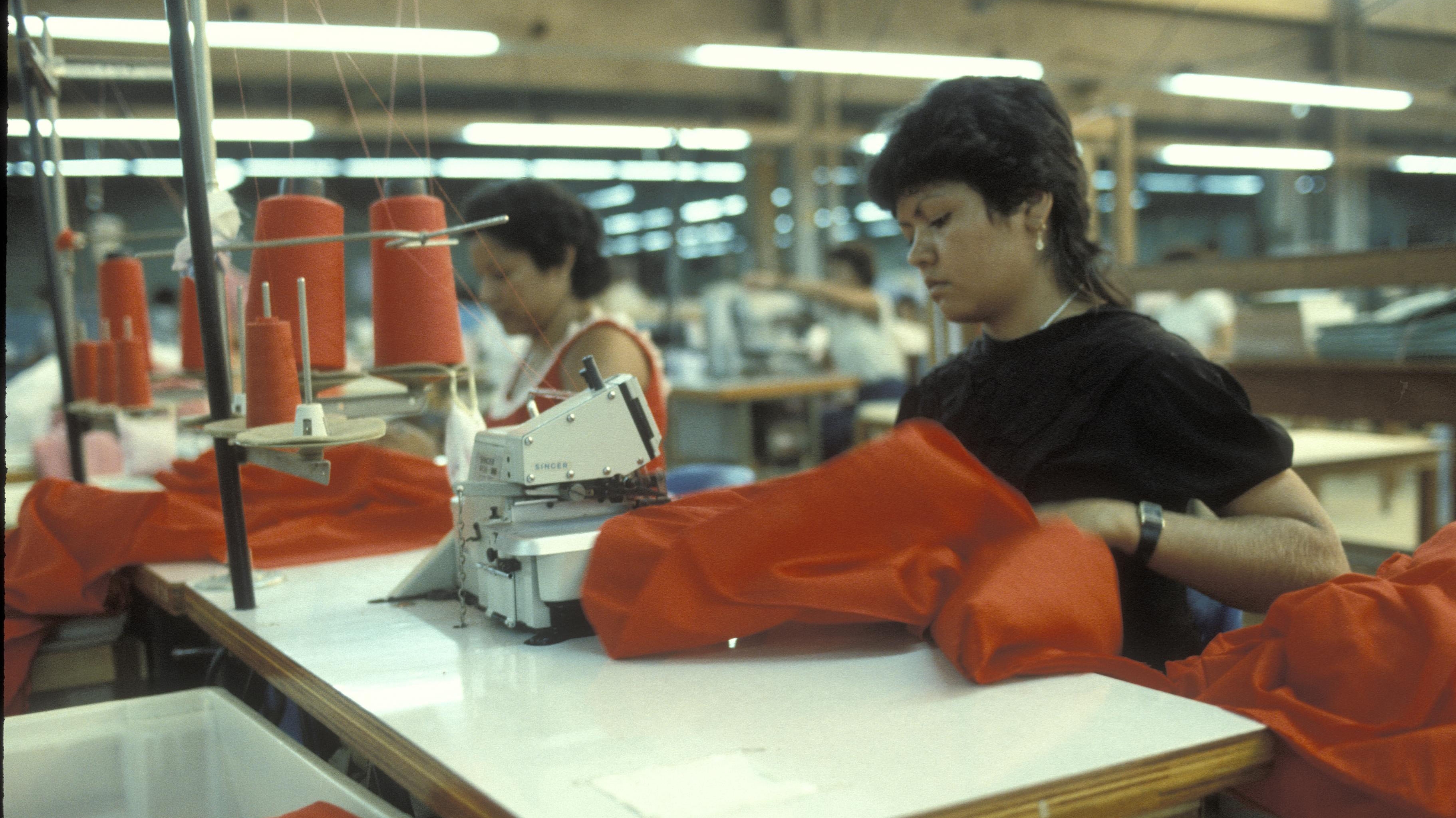Shifting trade policies and regulations can result in sudden and permanent changes for entire industries, sometimes for the better and sometimes not, depending on where your job happens to be located.
Proactive policies and industry actions, however, can make a world of difference.
A new World Bank report explores how textile workers fared in nine developing countries when an important international trade deal expired in 2005. The research offers some important lessons for policy makers and industry leaders who are trying to mitigate the impact of new or expiring trade pacts, says Gladys Lopez-Acevedo who co-edited the report, Sewing Success: Employment and Wages Following the End of the Multi-Fibre Arrangement, with fellow researcher Raymond Robertson.
“This is one of the first empirical studies to show what happened to wages and employment, and poverty, when the Multi-Fibre Arrangement came to an end,” Lopez-Acevedo said. “We show how the distribution of wages and employment was affected after the MFA, we show what countries benefitted…and we show that exports are not always a good predictor of employment.”
The study includes four key findings:
- Employment and export patterns after the MFA expired did not always match predictions.
- Using exports as a metric of success when it comes to helping the poor is insufficient.
- Changes in the global apparel market affected worker earnings in certain ways.
- Countries that upgraded their apparel sector grew exports, those that did not had smaller increases or a drop in apparel exports.
Perhaps most importantly, the research shows that proactive nations that planned and responded to the 2005 quota lift, whether at a policy level or the private sector, generally did better than those that treated the end of the trade policy like business as usual. The study includes data from Bangladesh, Cambodia, Honduras, India, Medico, Morocco, Pakistan, Sri Lanka and Vietnam.

